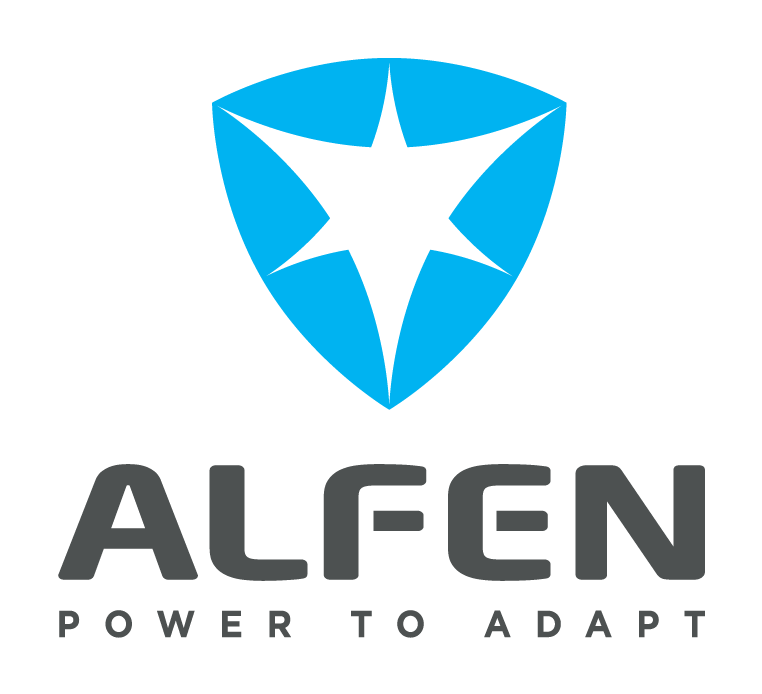THE INSTRUCTIONS BELOW ARE ONLY APPLICABLE FOR NG-FIRMWARE FW6.0.0 OR HIGHER. IF YOU HAVE FIRMWARE FW5.8.1 OR LOWER, CLICK HERE. |
Chargers with FW6.x and higher make use of network profiles.
With these profiles you can prioritize the connection method and/or the back office URL where the charger should connect to. If both are available:
- Network Profile 1 contains the Wired settings.
- Network Profile 2 contains the Mobile settings.
A charging station can be configured locally using a Windows laptop.
In order to configure the charging station, you need the ACE Service Installer software, which can be downloaded from alfen.com/downloads.
Under "How do I receive login details for the ACE Service Installer configuration tool?" you can find information on requesting an account.
- Go to the ‘Connectivity’ tab.
- Open the ‘Back office preset’ list.
- You can choose an option from the list of preset Back offices.
- Click on ‘Save’ in the bottom right.
- The charger should request to restart:
Restart the charging station in case it does not initiate a reboot itself.
- Go to the ‘Network Profile 1’ tab and select either the priority or ‘not used’.
- Repeat for the other Network Profile tabs as well in case multiple methods can be used.
- If the connection method ‘Mobile’ is used, go to the ‘Mobile’ tab for more settings.
- If the connection method ‘Wifi'1) is used, go to the ‘Mobile’ tab for more settings.
Make sure the CMS URL is filled. Typically you can use the same information that is used in the ‘Wired’ profile
- Go to the ‘Wifi’ tab to connect the charger to your local Wifi network
- If the connection method ‘Mobile’ is used, go to the ‘Mobile’ tab for more settings.
- Click on ‘Save’ in the bottom right.
- Restart the charging station.
In case the backoffice of your choice is not in the Preset-list, please select ‘Manually enter Backoffice settings’ from the list.
Then enter the needed fields in the Networkprofile tabs and Mobile/Wired/Wifi tab.
Onsite using the ACE Service Installer and using and setting the Backoffice settings manually.
- Go to the ‘Connectivity’ tab.
- Open the ‘Backoffice preset’ list.
- Select the Backoffice preset: <Manually enter backend settings>
- Press 'Save".
- Fill in the desired settings under the Network Profile 1.
- Press 'Save".
- Repeat the for Network Profile 2 if you also want to set Mobile connection.
- If the connection method ‘Mobile’ is used, go to the ‘Mobile’ tab for additional mobile settings.
- Press 'Save".
- Restart the charging station in case it does not initiate a reboot itself.
Remotely via the Backoffice
Please check the ‘Backoffice Configuration Keys’ document on our Firmware Release Page to check the command. We advise to use the list that is available for the firmware version used on your charger.
Format of the ConfigKey
The format is described as VARIABLENAME{VALUE}.
This means each configuration parameter consists of a variable name followed by its corresponding value enclosed in curly braces {}.
Allowed Characters
The allowed characters for these values are specified as:
Alphanumeric characters (
ABCDEFGHIJKLMNOPQRSTUVWXYZabcdefghijklmnopqrstuvwxyz0123456789)Certain special characters (
._~:/?#[]@!$&'()*+,;=)
Parameters and Examples
Based on the examples and explanations provided, here are the key parameters you should consider:
ocppVersion: Specifies the version of the OCPP protocol being used (
OCPP15,OCPP16,OCP201).ocppCsmsUrl: Specifies the URL of the Charge Station Management System (CSMS) in the format
ws://....messageTimeout: Specifies the timeout duration in seconds (
10,15).securityProfile: Specifies the security profile (
0,1).ocppInterface: Specifies the interface type (
Wired0,WIRELESS0).apn: Specifies the Access Point Name (APN) for wireless network configurations (
machine.m2m,alfen.m2m).preferredNetwork: Specifies the preferred network type (
AUTO, not implemented in some versions).apnAuthentication: Specifies APN authentication method (
AUTO, ``, not implemented in some versions).
Creating the Configuration Key
To construct a valid configuration key, you'll concatenate these parameters in the format VARIABLENAME{VALUE} separated by ,.
Here's how you can structure it based on the provided examples:
Example Wired:
ocppVersion{OCPP16}, ocppCsmsUrl{ws://169.254.19.56:7364}, messageTimeout{15}, securityProfile{0}, ocppInterface{Wired0}, apn{alfen.m2m}, APNUser{}, preferredNetwork{}, apnAuthentication{AUTO}
Example Mobile:
ocppVersion{OCPP16}ocppCsmsUrl{ws://10.2.0.2:9090/}messageTimeout{10}securityProfile{1}ocppInterface{Wireless0}apn{****}apnUsername{****}apnPassword{****}simPin{****}
Considerations
Ensure each parameter follows the specified format (
VARIABLENAME{VALUE}).Parameters that are not applicable should be omitted or set to an empty value (
{}).Be mindful of the character limit for some values, especially
ocppCsmsUrlandapn, which are truncated in earlier OCPP versions.
By following these guidelines, you can create valid configuration keys that adhere to the OCPP specifications mentioned.


